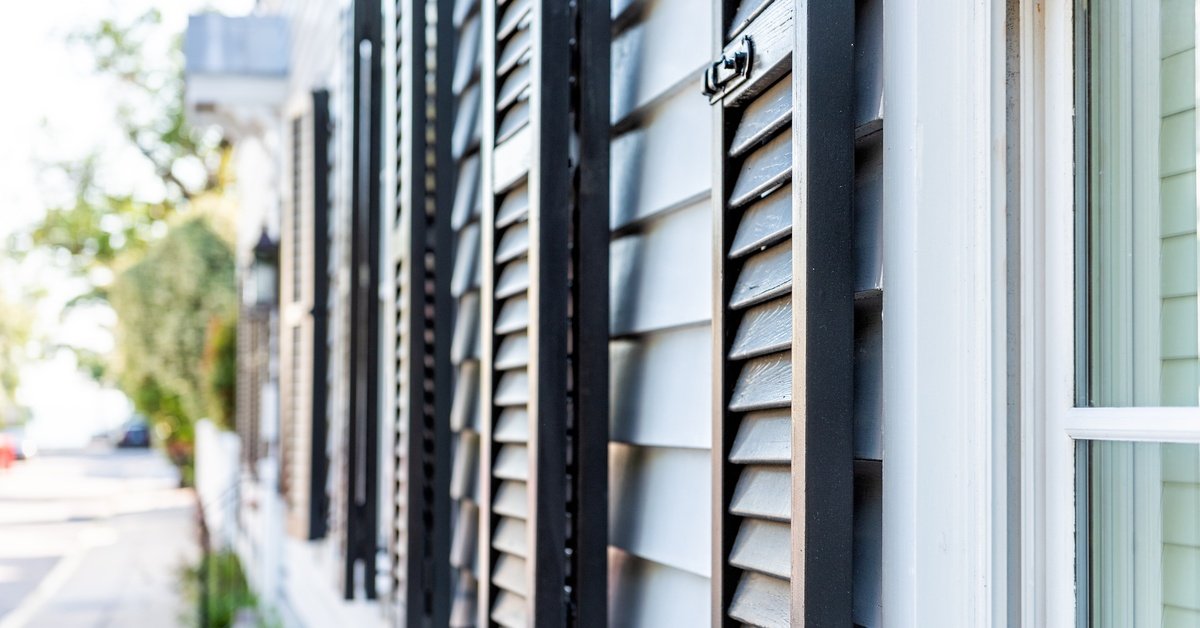Some shutters are purely decorative additions that never move, while others are functional pieces that can close over your windows as needed. The difference between real and fake shutters goes beyond just looks, affecting your home’s value, maintenance needs, and overall aesthetic appeal. Keep reading for what you need to know.
What Are Real Shutters?
Real shutters are functional window coverings mounted on hinges. They can swing closed to cover your windows completely. These shutters were originally created for practical purposes, like protection from storms, privacy, light control, and security.
The sizing of these shutters should match your window dimensions. When closed, they should cover the entire window opening, with little to no gap around the edges. They contain sturdy materials like wood, composite, or high-quality PVC that can withstand regular use and weather conditions.
The hardware on functional shutters is also robust. For example, you’ll see heavy-duty hinges and proper mounting brackets. Sometimes, you can even adjust the working louvers to control airflow and light.
What Are Fake Shutters?
Fake shutters are purely decorative elements that are permanently fixed to your home’s exterior. They can’t move or close over windows, as they lack functionality. Instead, they’re mounted directly to the siding or brick, usually with simple screws or brackets.
Decorative shutters are traditionally smaller than the windows they flank. They add visual interest and architectural detail, which are their biggest benefits. While they enhance your home’s curb appeal, nonfunctional shutters won’t provide any of the practical benefits that real shutters offer. Fake shutters are typically made from lighter materials and don’t require the same level of hardware investment as functional ones.
Pros and Cons of Real Shutters
Real shutters offer genuine benefits beyond just looks. They provide excellent storm protection, which is especially valuable if you live in an area prone to severe weather. They also offer privacy and light control; you can close them when you want complete darkness or privacy. From a home value perspective, functional shutters can add to your property’s worth. They’re considered a desirable architectural feature that many buyers appreciate.
However, real shutters come with higher upfront costs and ongoing maintenance. The hardware needs occasional adjustments or replacement. The shutters themselves may need refinishing every few years, depending on your climate and the material you choose.
If you’re considering installing real shutters yourself, it’s worth researching whether DIY installation makes sense for your situation and skill level or if professional installation might be the better route.
Your Next Steps
Now that you understand the key differences between real and fake shutters, you can make an informed decision that works for your home, budget, and lifestyle. Measure your windows, then browse options that are proportional to your home’s scale. Whether you choose functional or decorative shutters, make sure they complement your home’s style.
